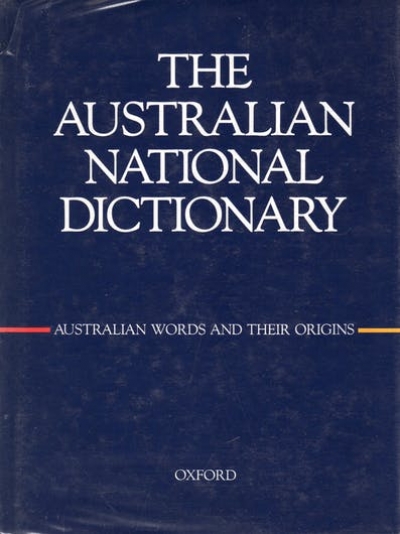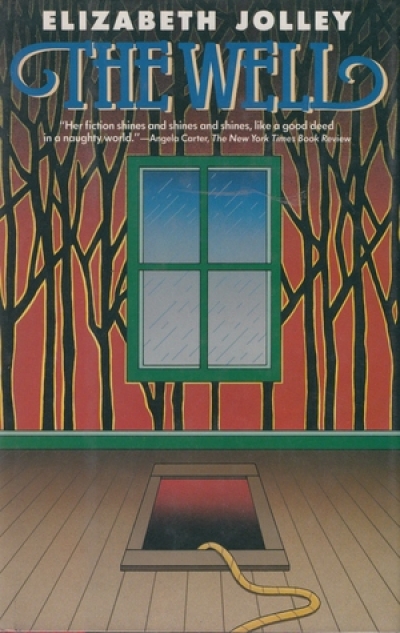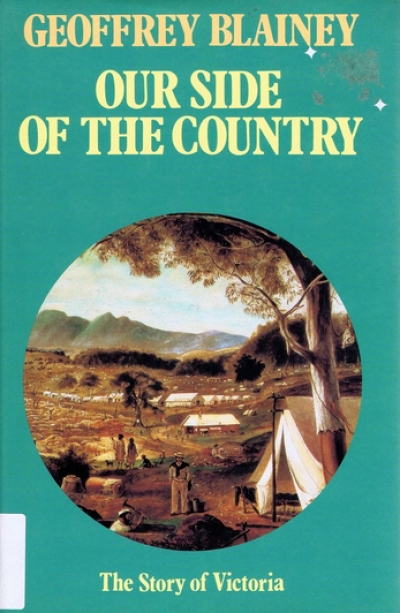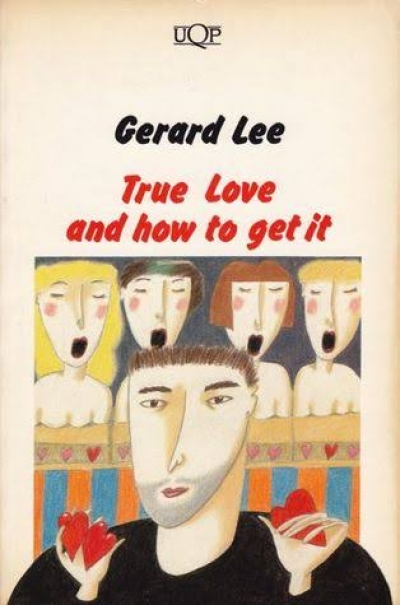From the Archive
Sign up to From the Archive and receive a new review to your inbox every Monday. Always free to read.
Recent:
The Australian National Dictionary: Australian words and their origins by W.S. Ramson
by Jack Hibberd •
Australian Women Poets edited by Susan Hampton and Kate Llewellyn
by Helen Thomson •
The New Oxford Book of Australian Verse edited by Les A. Murray
by Michael Heyward •
With the reissue of The Beauties and Furies (1936) this month by the British feminist press Virago, virtually all of Christina Stead’s work is in print for the first time in the half century long career of this distinguished writer.
... (read more)True Love and How to Get It by Gerard Lee & Bliss by Peter Carey
by Graham Burns •











